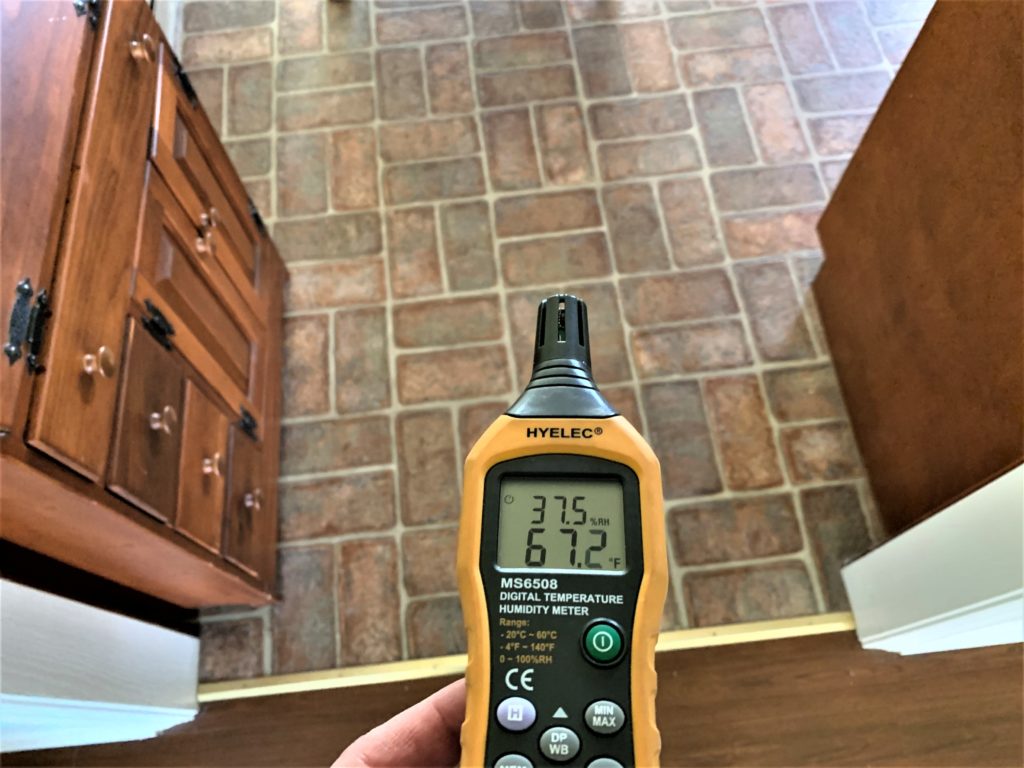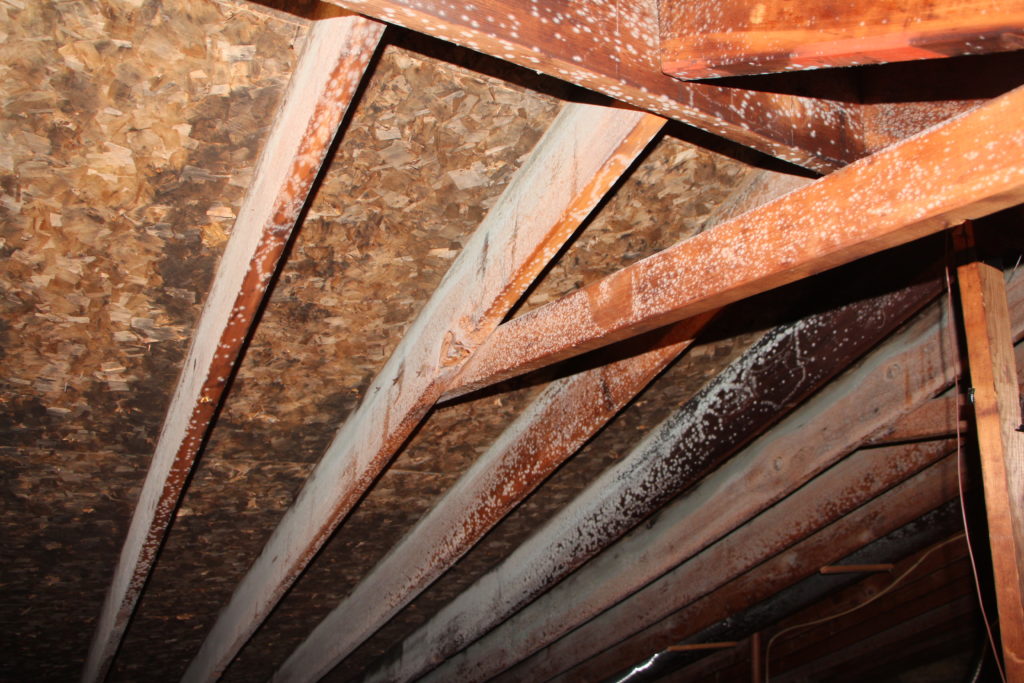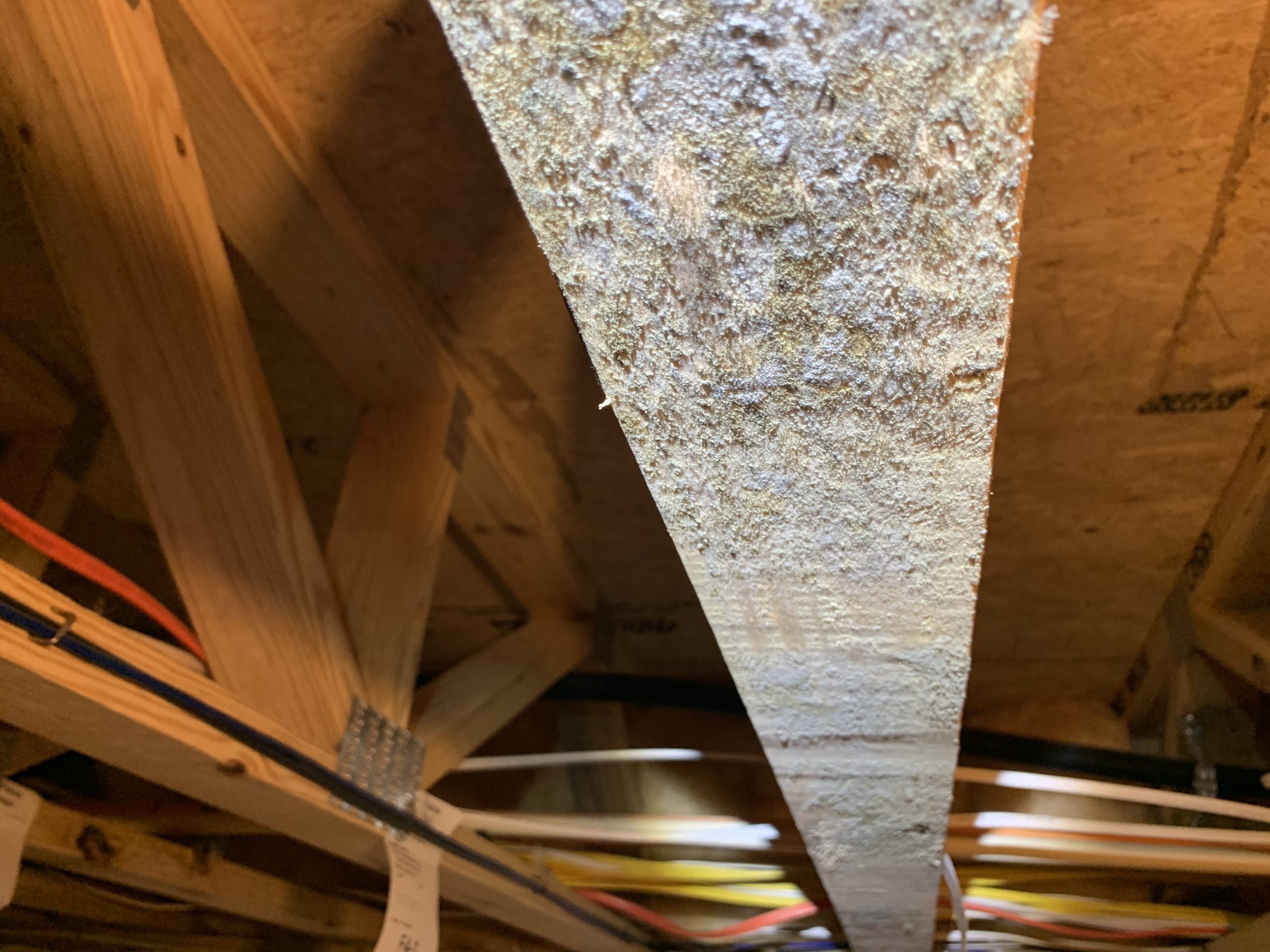By average, Pennsylvania, Delaware and New Jersey is coming up on some of the most humid months of the year (with September being the highest month at 65.3%). As mentioned in previous blogs, mold growth is optimal when relative humidity is above 60%, thus homeowners should be on high alert to make sure they are controlling the humidity around their home. Self pumping dehumidifiers are extremely valuable tools that can help save you thousands by preventing high humidity and mold growth. If you do find mold in your home, which is more common than you would think, we are going to discuss in this blog what species are common to the tri-state area.

Chances are that if you are reading this article, you are looking for details about what you may have come across in your own home. Many of our customers share with us that they head straight to Google to try to identify what they are seeing in their basement, crawl space or bathroom, and can sometimes get overwhelmed with the amount of scary information they find on the web.
Plain and simple, you do not want mold in your home, it can/will affect people very differently, and it needs to be properly removed so that it does not spread to other areas of your home.
INX Indoor Air Quality has been effectively removing/remediating mold for over 22 years and has yet to come across an issue we have not been able to solve.

Here are some Common Mold Species we see most office in Pennsylvania, Delaware and New Jersey:
Aspergillus/Penicillium – These spores are some of the most common spores we come across in our testing and remediation and are easily kicked through the air. Aspergillus and Penicillium are two different species of mold that look exactly alike under a microscopic examination. For this reason, they are listed together in many laboratory result as one combined count. Both species are common to water damaged building materials and both are considered allergens.
Health Effects: Can cause a variety of symptoms including allergic reactions. Most symptoms occur if the individual is immunocompromised in some way. Both Penicillium and Aspergillus spores share similar morphology on nonviable analysis and therefore are lumped together into the same group.
Chaetomium species – is found on a variety of substrates containing cellulose including paper and plant compost. It can be found on the damp or water damaged paper in sheetrock after a long term water damage. Several species have been reported to play a major role in decomposition of cellulose made materials. These fungi are able to dissolve the cellulose fibers in cotton and paper, and thus cause these materials to disintegrate. The process is especially rapid under moist conditions.
Health Effects: Chaetomium can produce type I fungal hypersensitivity and has caused onychomycosis (nail infections). References: Flannigan, Brian, Robert A. Samson, and J. David Miller, eds. Microorganisms in Home and Indoor Work Environments. London and NY: Taylor & Francis, 2001.de Hoog, G.S. et al. Atlas of Clinical Fungi. 4th ed. Foundation Atlas of Clinical Fungi. 2020
Cladosporium species – The most commonly identified outdoor fungus. The outdoor numbers are reduced in the winter and are often high in the summer. Often found indoors in numbers less than outdoor numbers. It is commonly found on the surface of fiberglass duct liners in the interior of supply ducts. It is found on dead plants, woody plants, food, straw, soil, paint and textiles. Often found in dirty refrigerators and especially in reservoirs where condensation is collected, on moist window frames it can easily be seen covering the whole painted area with a velvety olive green layer.
Health Effects: It is a common allergen and can cause mycosis. Common cause of extrinsic asthma. Acute symptoms include edema and bronchiospasms, chronic cases may develop pulmonary emphysema. Illnesses caused by this genus can include phaeohyphomycosis, chromoblastomycosis, hay fever and common allergies. References: Flannigan, Brian, Robert A. Samson, and J. David Miller, eds. Microorganisms in Home and Indoor Work Environments. London and NY: Taylor & Francis, 2001.de Hoog, G.S. et al. Atlas of Clinical Fungi. 4th ed. Foundation Atlas of Clinical Fungi. 2020
Stachybotrys species – is usually difficult to find in indoor air samples unless it is physically disturbed because the spores are in a gelatinous mass. Grows well on wet media, preferably containing cellulose. It proliferates in the indoor environment with long term water damage, growing on wallpaper, gypsum board, and textiles. As a general rule, air cultures for Stachybotrys yields unpredictable results, mainly due to the fact that this fungus is usually accompanied by other fungi such as Aspergillus and Penicillium that normally are better aerosolized than Stachybotrys.
This is a slow growing fungus on media. It does not compete well with other rapidly growing fungi. The black fungi grow on building material with high cellulose content and low nitrogen content. Appropriate media for the growth of this organism will have high cellulose content and low nitrogen content.
Health Effects: It has worldwide distribution and has been reported to cause dermatitis, cough, rhinitis, and headache, although no definitive reports of human infections have been verified. It has the ability to cause type I hypersensitivity. It is a documented mycotoxin producer. References: Flannigan, Brian, Robert A. Samson, and J. David Miller, eds. Microorganisms in Home and Indoor Work Environments: Diversity, Health Impacts, Investigation, and Control. London and New York: Taylor & Francis, 2001.

Organism Descriptions courtesy of SanAir Technologies Laboratory
Contact Us Today if you see something funky or smell something musty and we will be glad to help you identify what you are experiencing and provide you with a free estimate on what it would cost for us to take care of that for you. Take a look at some of our customers and breathe easy knowing you can count on us.



